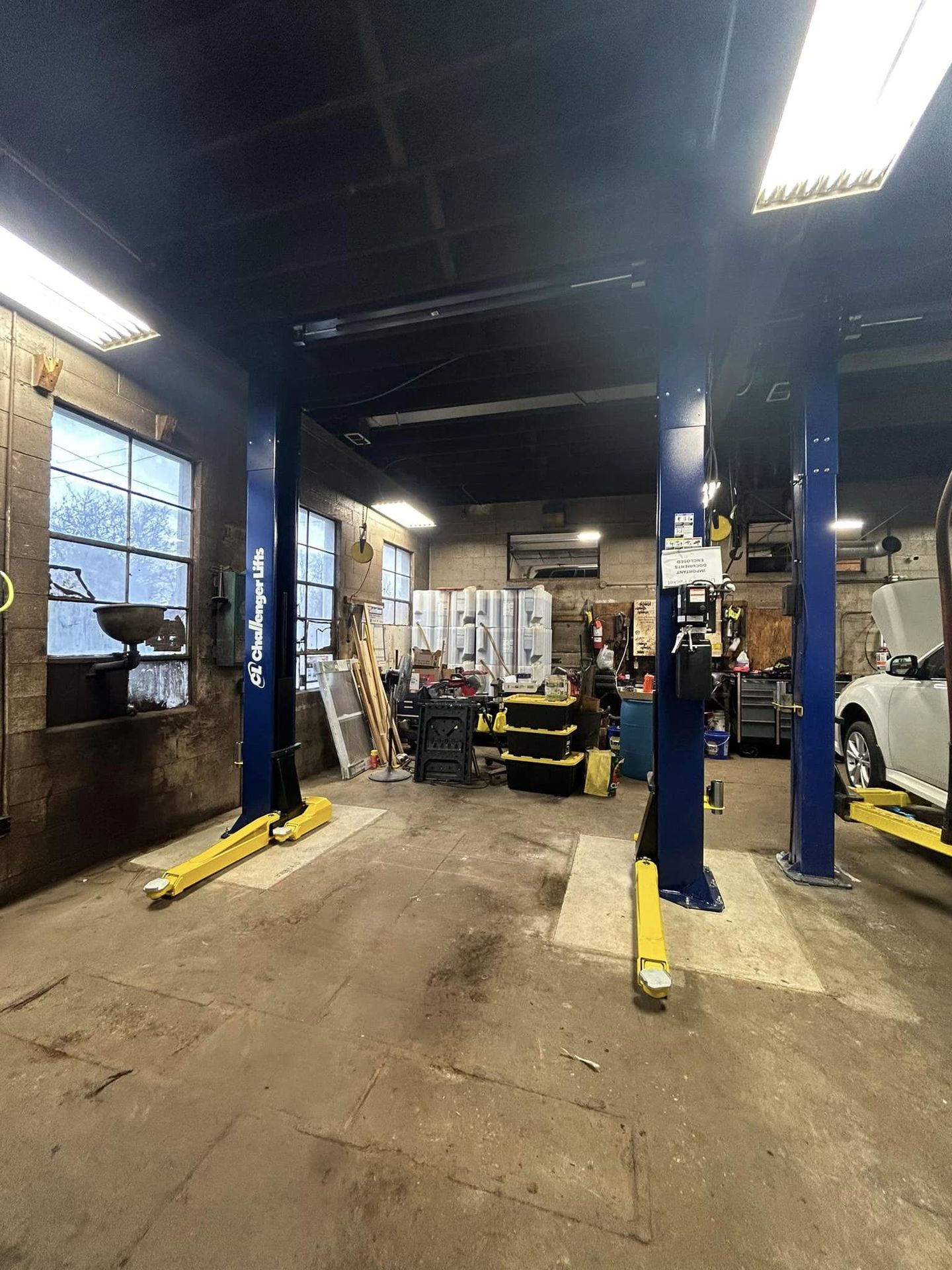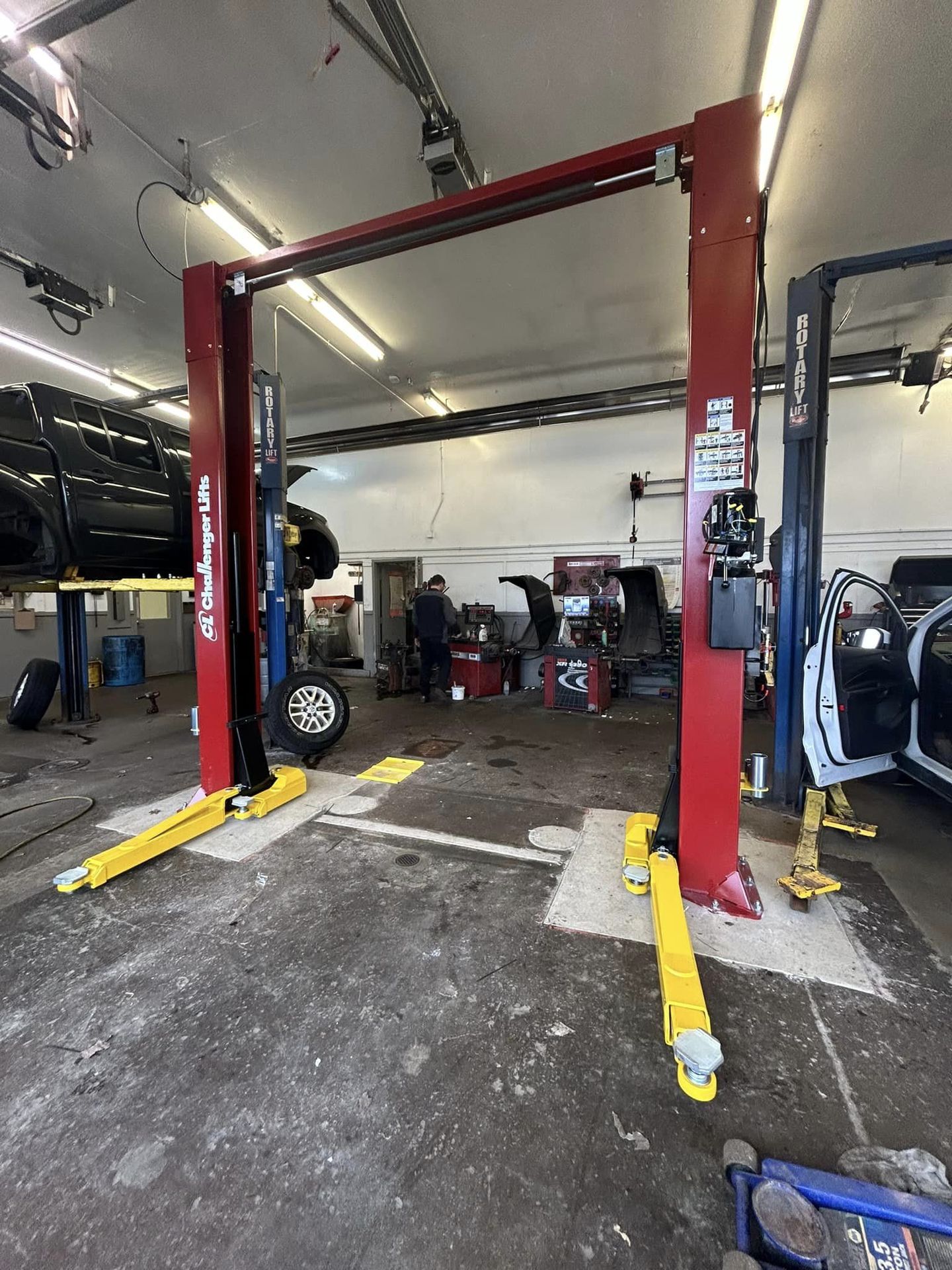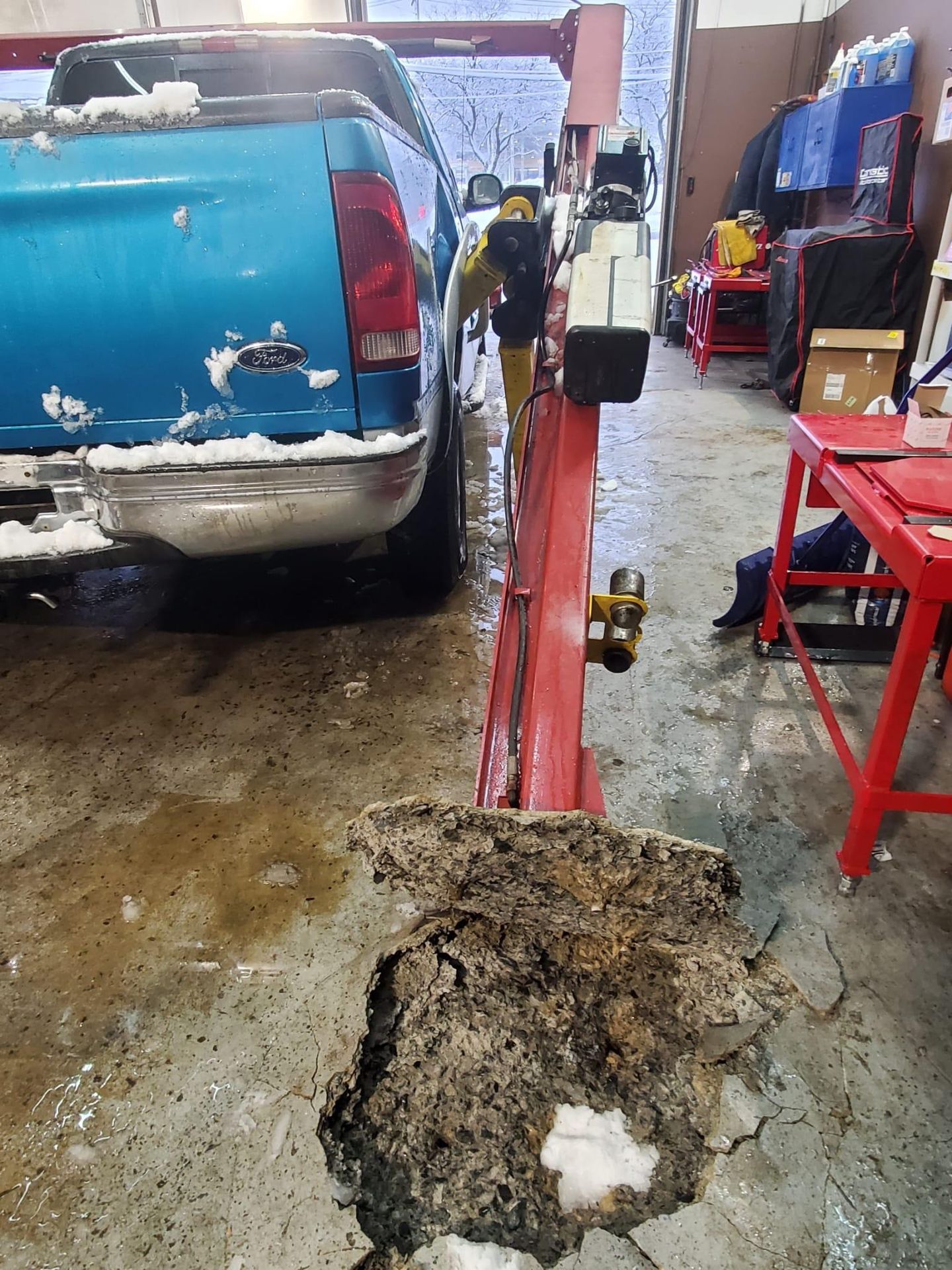Mounting an automotive lift near a crack or saw cut poses potential safety hazards due to structural integrity concerns. Here's a technical breakdown of the reasons behind this:
- Weight Distribution: An automotive lift supports significant weight, often several tons, when lifting vehicles. Proper weight distribution is critical to ensure stability and safety during operation. Mounting the lift on a cracked or saw-cut surface can compromise the uniform distribution of weight. The crack or saw cut may weaken the concrete slab, leading to uneven weight distribution. This imbalance increases the risk of the lift tipping over or the concrete slab giving way under the load, potentially causing catastrophic accidents.
- Load-Bearing Capacity: Concrete slabs are designed to bear specific loads based on their thickness, composition, reinforcement, and underlying soil conditions. Cracks or saw cuts indicate structural weakness or discontinuity in the concrete slab, which reduces its load-bearing capacity. Mounting an automotive lift near such areas can exceed the slab's load-bearing capacity, causing it to fail under the weight of the lift and the vehicle. This failure can result in the lift collapsing or the slab breaking, endangering personnel and damaging property.
- Anchor Stability: Automotive lifts are securely anchored to the concrete floor to prevent movement or tipping during operation. Anchors rely on the structural integrity of the concrete to provide adequate support. Cracks or saw cuts compromise the stability of the concrete, reducing the effectiveness of the anchors. Mounting a lift near such areas can lead to anchor failure, causing the lift to become unstable or dislodged during use.
- Vibration and Stress: Automotive lifts generate vibrations and dynamic loads when raising or lowering vehicles. These vibrations can exacerbate existing cracks or weaknesses in the concrete slab, leading to further deterioration over time. Mounting a lift near a crack or saw cut subjects the surrounding area to increased stress and vibration, accelerating the progression of structural damage. This can eventually result in complete failure of the concrete slab and the lift mounting system.
- Safety Regulations: Occupational safety regulations and industry standards mandate the proper installation and maintenance of automotive lifts to ensure the safety of operators and technicians. Mounting a lift on a cracked or saw-cut surface violates these regulations and standards, exposing the facility to liability risks and potential legal consequences in the event of accidents or injuries.
The image below is an example of the aftermath of mounting an automotive lift
In the event the concrete in your lift bay does not meet the manufacturers minimum requirements (either in thickness or proximity to cracks/saw cuts/expansion joints) often times the only option is to excavate and pour new concrete footers in preparation of the lift install.
Examples of this below:


In summary, mounting an automotive lift near a crack or saw cut is not recommended due to the structural integrity risks associated with compromised concrete surfaces. It can lead to instability, anchor failure, increased stress, and safety hazards, posing significant dangers to personnel and property. Proper assessment and repair of the concrete slab are necessary before installing an automotive lift to ensure safe and reliable operation.

Why can't you install a lift near cracks or saw cuts?